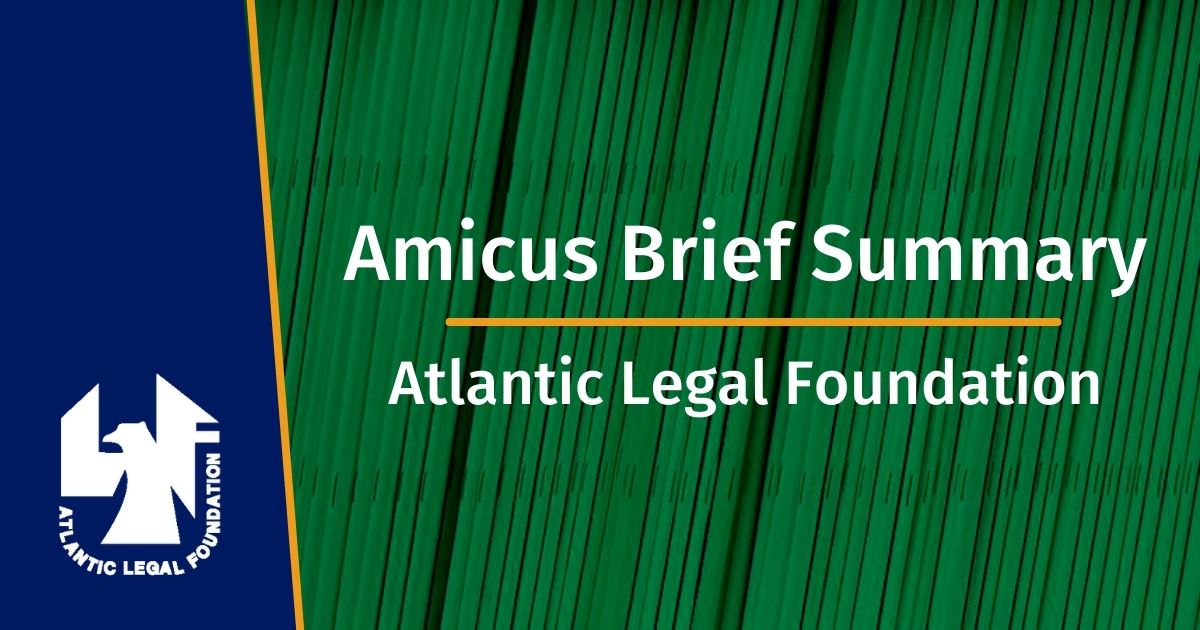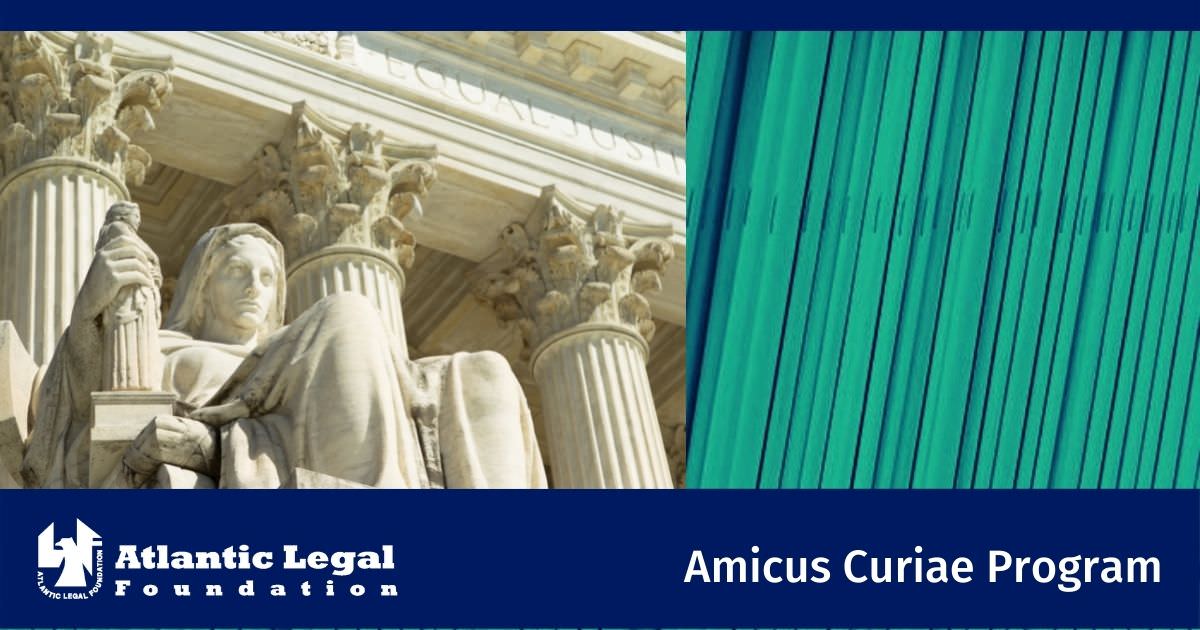
Continuous Acts: Circuit Court Split On Limitations Period Of Clayton Act
Petitioners are suppliers of propane exchange tanks who sell pre-filled tanks of a standard size (up to 20 pounds capacity) directly to retailers such as the respondents, who then sell those tanks to consumers either in exchange for a near-empty tank or as a stand-alone. Before 2008, Petitioners sold tanks prefilled with 17 pounds of propane. In 2008, following increases in the price of propane, both Petitioners reduced the fill levels in their tanks from 17 to 15 pounds, but kept the per-tank price at the pre-2008 level. After Petitioners reduced the fill level in their exchange tanks, 18 class action complaints were filed by indirect purchasers claiming to represent all purchasers of propane exchange tanks, alleging that Petitioners’ reduction from 17- to 15-pounds of propane in the tanks violated consumer protection and antitrust statutes. The plaintiffs included resellers such as the respondents in this case. By October 2010 all indirect purchaser cases had been settled.
In March 2014, the Federal Trade Commission (“FTC”) filed an administrative complaint alleging that Petitioners took concerted action in 2008 to obtain Walmart’s Agreement to the reduction fill level, thus illegally restrained competition. Petitioners settled with FTC on October 31, 2014, not admitting liability. Soon after FTC complaint was filed, direct and indirect purchasers filed 37 cases which were consolidated in the Western District of Missouri, the same district where the 2008 litigation took place. This petition concerns the claims of the direct purchasers.
This Complaint largely repeats the allegations from the aforementioned 2008 litigation and 2014 FTC complaint, which both hinged on allegations of acts from 2008. In July, 2015 the district court dismissed the Complaint. The court held that Respondents’ claim accrued in August 2008; that “absent any tolling theories, the statute of limitations expired on August 1, 2012, almost two years before the first claim was filed”; and that Respondents had not alleged a continuing violation sufficient to commence any limitations period. Critical to this holding was the finding that Petitioners’ continued selling of 15-pound tanks after 2008 did not constitute a continuing violation, and that bare allegations about communications between Petitioners “at least as late as 2010” were insufficiently plausible to constitute a continuing violation eiter. The Eighth Circuit panel affirmed, concluding that no overt and independent acts took place which were not governed by the original agreement. Judge Benton, dissenting, reasoned that based on Klehr v. A.O. Smith Corp., 521 U.S. 179 (1997), “each sale to the plaintiff starts the statutory period running again.”
The Eighth Circuit then granted a rehearing en banc and reversed in a narrow 5-4 decision. Judge Benton, this time writing for the majority, again relied on dicta from Klehr. The majority distinguished this case from existing circuit precedent with the reasoning that “horizontal restraint . . . is per se antitrust violation.” The majority also reasoned that Respondents sufficiently pleaded that the conspiracy continued into the limitation period because similar conversations to those that took place in 2008 continued into at least late 2010. The dissent argued that the majority misunderstood Klehr in eliminating the requirement of showing a live and ongoing conspiracy within the limitations period.
Issue Areas:
Free Enterprise
Case:
Ferrellgas v. Morgan-Larson, No. 17-441 (Supreme Court) (petition stage)
Read the Amicus Brief:

Question(s) Presented:
Whether, or in what circumstances, a plaintiff adequately pleads a “continuing violation” of the antitrust laws sufficient to satisfy the statute of limitations, by alleging continuing sales during the limitations period when the alleged price-fixing conspiracy was formed outside the limitations period.
Additional Background:
The Second, Fifth, Sixth, Ninth, and Tenth Circuits have all held that acts subsequent to the original antitrust violation are not continuing violations if they are “the abatable but unabated inertial consequences of some pre-limitations action.” Poster Exch., Inc. v. National Screen Serv. Corp., 517 F.2d 117, 128 (5th Cir. 1975), cert. denied, 423 U.S. 1054 (1976); see also Kaiser Aluminum & Chem. Sales, Ine. v. Avondale Shipyards, Inc., 677 F.2d 1045 (5th Cir. 1983), ceri. denied, 459 U.S. 1105 (1983); Kahn v. Kohlberg, Kravis, Roberts & Co., 970 F.2d 1030, 1041-42 (2d Cir.), cert. denied, 506 U.S. 986 (1992); Al George, Inc. v. Envirotech Corp., 989 F.2d 1271, 1274 (5th Cir. 1991); Z Techs. Corp. v. Lubrizol Corp., 753 F.3d 594, 600 (6th Cir. 2014); AMF, Inc.v.GeneralMotors Corp., 591 F.2d 68, 72 (9th Cir. 1979); Pace Indus., Inc. v. Three Phoenix Co., 813 F.2d 284, 238 (9th Cir. 1979); Kaw Valley Elec. Coop. Co. v. Kansas Elec. Power Coop., Inc., 872 F.2d 931, 933-34 (10th Cir. 1989).
In addition to the Eighth Circuit en banc, the D.C. Circuit, and the Third and Eleventh Circuits have adopted a broad interpretation of what acts or injuries amount to a continuing violation. See National Souvenir Cir., Inc. v. Historic Figures, Inc., 728 F.2d 503, 514 (D.C. Cir.), cert. denied, 469 U.S. 825 (1984) (continued payments under a pre-limitations lease actionable because of their “continuing allegedly ‘anticompetitive’ effect[s].”); West Penn Allegheny Health Sys., Inc. v. UPMC, 627 F.3d 85, 107 (8d Cir. 2010), cert. denied, 565 U.S.817(2011) (new limitation period commences even though “the acts that occurred within the limitations period were reaffirmations of decisions originally made outside the limitations period.”); Midwestern Waffles, Inc. v. Waffle House, Inc., 734 F.2d 705, 714 (11th Cir. 1984) (per curiam) (claims challenging activities occurring more than four years before suit commenced were proper “because each payment under a contract which constitutes an illegal tie is a new injury.”).
ALF’s Amicus Brief:
In an amicus brief the ALF argues that the en banc majority incorrectly interprets Supreme Court precedent, fails to hold the plaintiffs’ complaint to the plausibility standard of Bell Atlantic Corp.v. Twombly, 550 U.S. 544 (2007) and Ashcroft v. Iqbal, 556 U.S. 662 (2009), and ignores the purposes of the antitrust statute of limitations. Most importantly, this case aggravates a pronounced circuit split (which has already encouraged forum shopping) with respect to the application of the continuing violation doctrine.
If a continuous violation does not require a clear and credible allegation of a connection between an alleged injury and an active conspiracy, any sale could extend the limitations period and defeat a statute of limitations defense at the pleading stage. Wide spread adoption of the Eighth Circuit majority rule would allow for an effectively indefinite claim period in anti-trust cases, defeating the legislative purpose in including a limitation. This rule will lessen judicial economy by allowing parties to sleep on their rights as the evidence of their claims deteriorates over time.
The ALF respectfully asks the Court to grant certiorari because this case affords the Court an opportunity to provide much needed clarification of the judge-made “continuing violation” exception to the otherwise clear four-year limitations period of Clayton Act, 15 U.S.C. § 15b.
Status:
The Supreme Court denied certiorari on January 8, 2018.
Date Originally Posted: October 23, 2017





